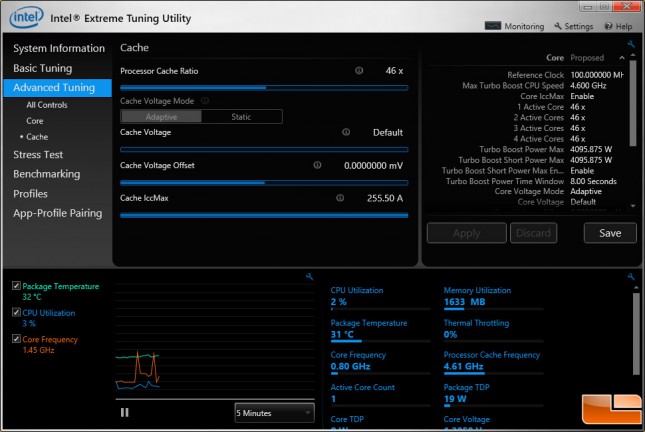

This will add your current Vcore to the value selected. If you don’t know your default Vcore but still want to increase it, you can use the “Core Voltage Offset” slider. These can be increased in order to keep up with higher core ratios if you are encountering system instability. For a CPU to run at faster speeds, it might require more power in order to remain stable, which is where adjusting the Vcore becomes important. Thanks.Another section allows you to adjust the Vcore (Core Voltage). So please bare with my code if you happen to go through it. However, I think it's quite handy, so added least amount of user-friendliness in order to share this nifty tool. It was origianlly my private 30-minute project. Now follow the directions of the program. Program should prompt Please enter the file name of proper XTU Installer: Open IntelXTU_Install_Helper.exe by double-click. Run IntelXTU_Install_Helper.exe XTUSetup.exe in cmd (or PowrShell).

File name of Intel XTU Install Helper from this repository is IntelXTU_Install_Helper.exe.File name of Intel XTU Installer from Intel is XTUSetup.exe.Both files are located in the same directory.If any error occurs, please submit a new issue with created error.log file. > Please enter the file name of proper XTU Installer: You can execute with an argument in first place.Download Intel XTU Install Helper from repository release tab.Download Intel XTU Installer from official intel download center.

Intel XTU Install Helper is designed to automate such procedure, providing an easier way to install XTU on unsupported platforms. Therefore, after installing XTU with simple trick by Kalle Lilja, XTU can still be used for CPU tweaks, such as undervolting. However, in most cases, this does not mean your hardware is actually incompatible with XTU. Intel has been dropped XTU support for certain CPUs (Such as 8550u, 8250u, and etc), resulting installer to reject installation process with 'unsupported platform_error'.


 0 kommentar(er)
0 kommentar(er)
